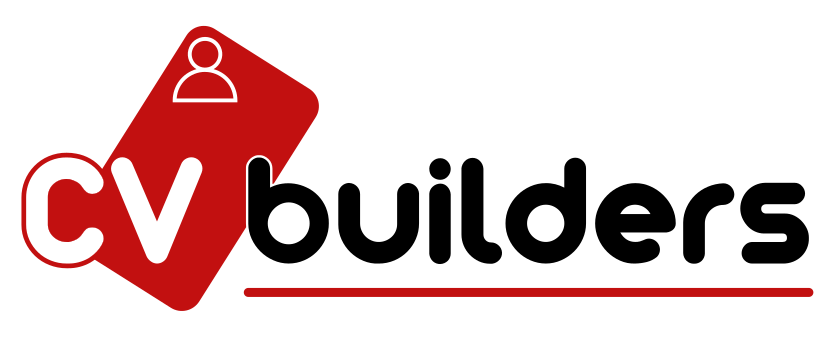1. Choose the Right Format:
- Decide whether you want to create a CV or a resume. A CV is typically longer and more detailed, while a resume is shorter and focused on specific qualifications and work experience.
- Use a clean, professional format with consistent fonts and formatting throughout.
2. Contact information
- Include your full name, phone number, email address, and LinkedIn profile (if applicable).
- You don’t need to include your full address, but you can include your city and state.
3. Summary or Objective (Optional):
- Write a brief, targeted summary or objective statement to introduce yourself and state your career goals.
- This can be especially useful for recent graduates or career changers.
4. Professional Experience:
- List your work experience in reverse chronological order (most recent job first).
- Include the name of the company, your job title, the dates you worked there, and a description of your key responsibilities and achievements.
- Use action verbs and quantify your achievements with specific numbers (e.g., “increased sales by 20%”).
5. Education:
- List your educational background, starting with your most recent degree.
- Include the name of the institution, degree earned, graduation date, and any relevant honors or awards.
- You can include your GPA if it’s strong and relevant to the job.
6. Skills:
- Include a section that highlights your key skills, both technical and soft skills.
- Tailor this section to match the job requirements.
- You can include your GPA if it’s strong and relevant to the job.
7. Certifications, Training, and Professional Memberships (Optional):
- If you have certifications, relevant training, or memberships in professional organizations, include them in a separate section.


